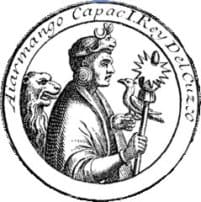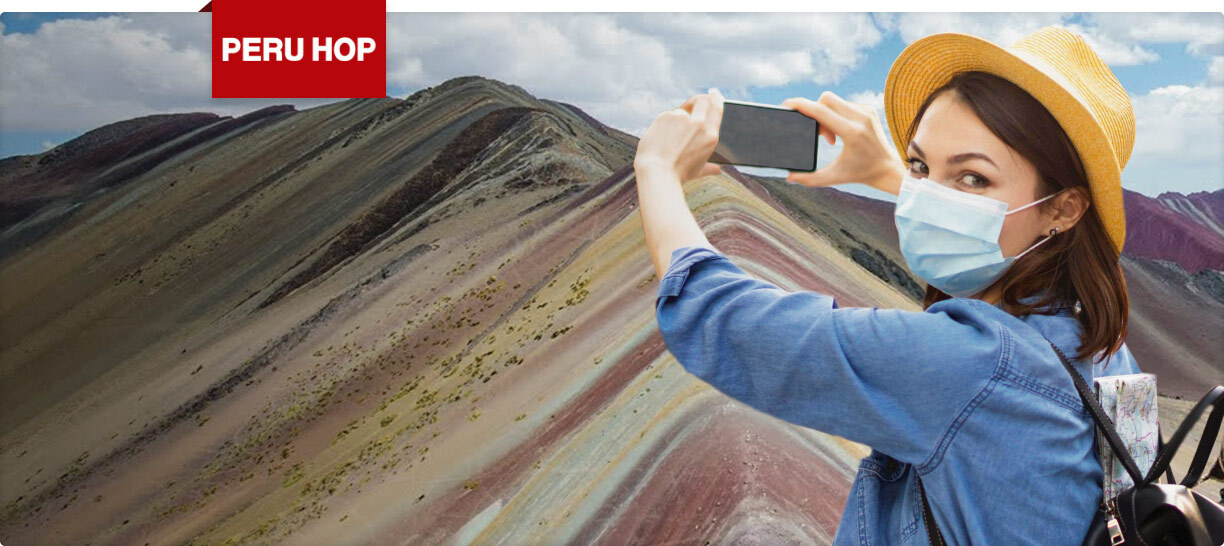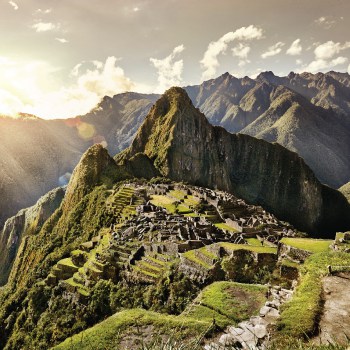The Inca Timeline
From emergence to expansion, from rise to fall, the Inca timeline is a complex, fascinating and ultimately tragic chain of events.
For clarity’s sake, the following chronology omits many finer details — but it should provide a solid overview of the Incas and their passage through time. To put all of this into a global context, read the timeline alongside The World at the Height of the Inca Empire.
Emergence of the Incas
- 900 to 1200 AD — The Killke culture occupies the Cusco valley region. Killke ceramics were a precursor to those of the Incas; carbon-14 dating shows that the Killke may have built the site of Sacsayhuamán, at least in part, sometime between 1100 and 1200 AD.
- 1150 to 1200 — The highland Inca tribe moves into the Cusco region.
-

Manco Capac
c.1200 — The Inca warlord Manco Capac oversees the construction and development of the Kingdom of Cusco, initially a small city-state. Archaeologist John Rowe calculates 1200 AD as an approximate date for the founding of the Inca dynasty — long before the foundation of the empire.
- 1200 to 1400 — For approximately 200 years, the Incas remain settled in Cusco and its surrounding area. According to Gordon Francis McEwan (The Incas: New Perspectives), “Between A.D. 1200 and 1438 eight Incas ruled without the Incas expanding much outside their heartland in Cusco.”
Expansion of the Inca Empire
- 1438 — The Chanca (or Chanka) tribe, a “powerful warlike confederation” (McEwan), attacks the city of Cusco as it attempts an aggressive expansion to the south. Sources differ as to the role of the Sapa Inca, Viracocha, at the time of the invasion. Some claim he fled, while others argue that he led the heroic defence of the city. In the former version of events, Viracocha’s son, Pachacuti Inca Yupanqui (or Pachacutec), remained in Cusco and fought off the Chanca attack.
-

Pachacuti Inca Yupanqui
1438 to 1463 — Following the successful defence of the city, Pachacuti becomes the new Sapa Inca (suggesting that he did indeed win favor by defending Cusco, as his brother, Inca Urcon, was the legitimate next in line). Under Pachacuti, the Incas begin a period of rapid expansion under a new governmental system and a determined leader. The Inca Empire, known as Tawantinsuyu, is born (it is also likely that Machu Picchu was built during this period).
- 1463 — Pachacuti places his son, Túpac Inca Yupanqui (or Topa Inca), in charge of the Inca army. Túpac Inca pushes the borders of the Inca Empire to new extremes, heading north into Ecuador after securing vast swathes of central and northern Peru.
- 1471 to 1473 — Pachacuti steps down in 1471 and dies two years later. Prior to his death, he choses Túpac Inca as his successor instead of his elder son, Amaru Yupanqui. The new Sapa Inca continues his father’s expansionist policies, pushing south into Chile, Bolivia and northern Argentina.
- 1492 — Christopher Columbus discovers America
- 1493 — Túpac Inca dies. His son, Huayna Capac, becomes Sapa Inca. Over the next 30 years, Huayna Capac further expands the Inca realm, spending many years solidifying Inca rule in Ecuador.

Inca Civil War and Spanish Arrival
- 1519 — Hernán Cortés begins his conquest of the Aztecs in Mexico.
-

Francisco Pizarro, Conquistador
c.1525 – Huayna Capac dies, possibly from smallpox (an epidemic had been tearing through the New World immediately after its introduction by the Spanish). Catastrophically, Huayna Capac had failed to name an heir before his death. The ensuing power struggle between his two sons, Huáscar and Atahualpa, eventually leads to a civil war. Smallpox further weakens the Inca population.
- 1526 – 1527 — The second expedition of Francisco Pizarro arrives in Tumbes on the north coast of Peru.
- 1529 – 1530 — In 1529, the Spanish Crown gives Pizarro permission to conquer Peru. He embarks upon his third expedition to Peru.
- 1532 — Atahualpa wins a decisive battle against Huáscar at the Battle of Quipaipan. The civil war ends, but a new threat has already landed on the north coast of Peru.
- 1532 — Francisco Pizarro and his small force of conquistadors capture Atahualpa in Cajamarca on November 16. The Sapa Inca is held for ransom before being killed.
- 1533 — On July 26, the Spaniards execute Atahualpa. They install Túpac Huallpa as the new Inca ruler, but he dies just months after his succession (probably from smallpox).
- 1533 — On November 15, the first Spaniards enter Cusco. In December, Pizarro makes Manco Inca Yupanqui (another of Huayna Capac’s sons) the new puppet ruler of the Inca Empire.
-

The execution of Túpac Amaru
1535 — Pizarro founds the coastal settlement of Lima on January 18 (Pizarro originally named it “Ciudad de los Reyes,” or “City of Kings).
- 1536 to 1537 — Manco Inca leads an uprising, laying siege to Cusco. Despite victory over the Spanish forces in the Battle of Ollantaytambo, Manco Inca is forced to flee following the arrival of Spanish reinforcements.
- 1537 – Manco Inca takes refuge at Vilcabamba. With Cusco fallen to the Spaniards, Vilcabamba becomes the new Inca capital, an isolated independent state and a refuge for the remnants of the royal family. At this stage, just 100 years after its foundation, the Inca Empire had crumbled and disappeared as a ruling power.
- 1544 — A group of renegade Spaniards murder Manco Inca. These same Spaniards had arrived at Vilcabamba as fugitives and were given sanctuary by Manco. Until this point, the Incas at Vilcabamba had engaged in guerrilla activities against the Spaniards. With their leader gone, all significant resistance ends.
- 1572 — Francisco Toledo, the new Viceroy of Peru (Pizarro had been assassinated by rival Spaniards in 1541), declares war on Vilcabamba. The independent state is sacked and the last Sapa Inca, Túpac Amaru, is captured. The Spaniards take Túpac Amaru to Cusco, where he is beheaded in a public execution. The fall of the Inca Empire is complete.
ENTERTAINMENT TIP: If looking for fun at night, or to watch sports during the day, or even a taste of home, visit the Wild Rover Hostels Chain for great food, sports and beer! Entrance to their bars is free even for non-guests











15 comments for “The Inca Timeline”